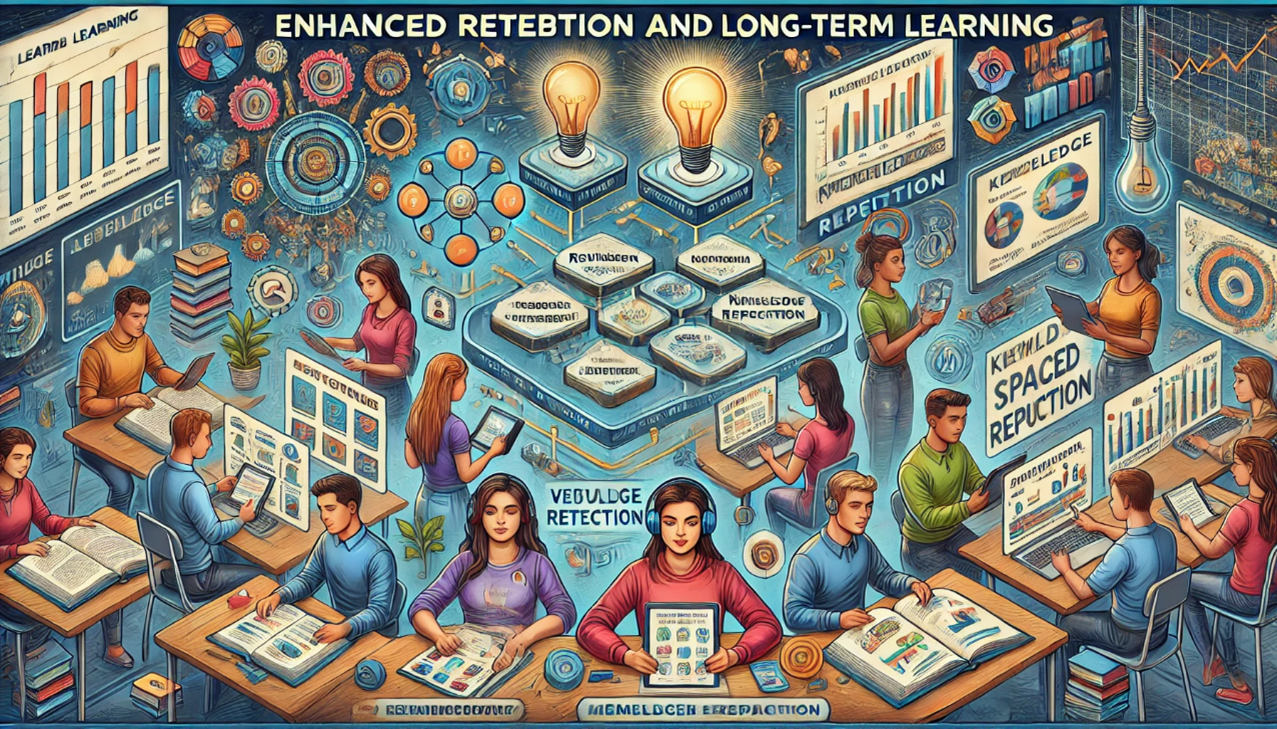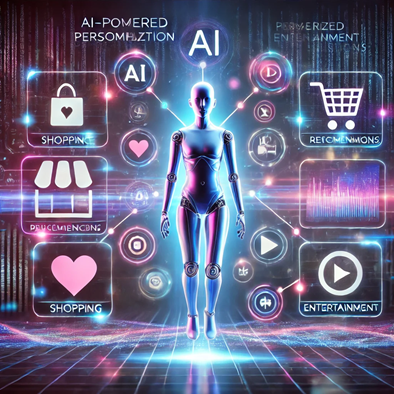How can AI generate dynamic and realistic NPC behaviors in video games?

How can AI generate dynamic and realistic NPC behaviors in video games?
by Nathaniel 03:24pm Jan 28, 2025
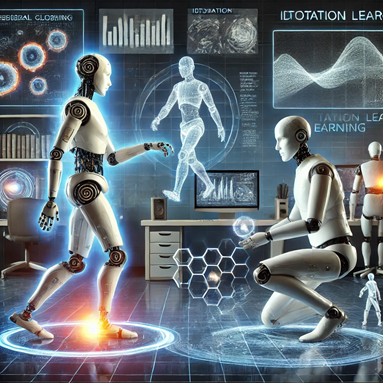
How can AI generate dynamic and realistic NPC behaviors in video games?
AI can significantly enhance the realism and dynamism of non-playable character (NPC) behaviors in video games by making them more responsive, adaptive, and contextually aware. By utilizing advanced AI techniques, developers can create NPCs that act in ways that feel natural, unpredictable, and reactive to the player's actions and the game environment. Here’s how AI can generate dynamic and realistic NPC behaviors:
1. Behavior Trees and State Machines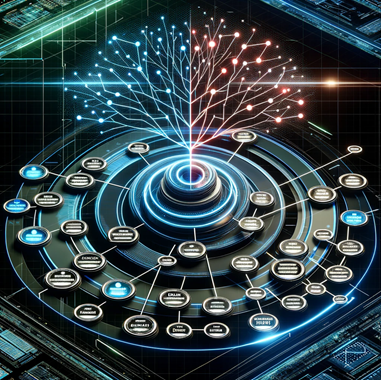
How It Works:
Behavior Trees (BTs) and Finite State Machines (FSMs) are traditional AI techniques used to control NPC behavior.
BTs allow NPCs to have modular, hierarchical decision-making systems where each node represents an action or a decision. These trees can adapt based on real-time game events.
Benefit:These structures allow NPCs to respond to different inputs and context changes logically, with behaviors that are consistent yet flexible depending on the situation.
Example:An NPC guard may transition from patrolling to chasing the player when they’re spotted, then switch to attacking when they are close.
FSMs allow NPCs to transition between different states based on conditions (e.g., idle, patrolling, attacking).
2. Machine Learning and Reinforcement Learning (RL)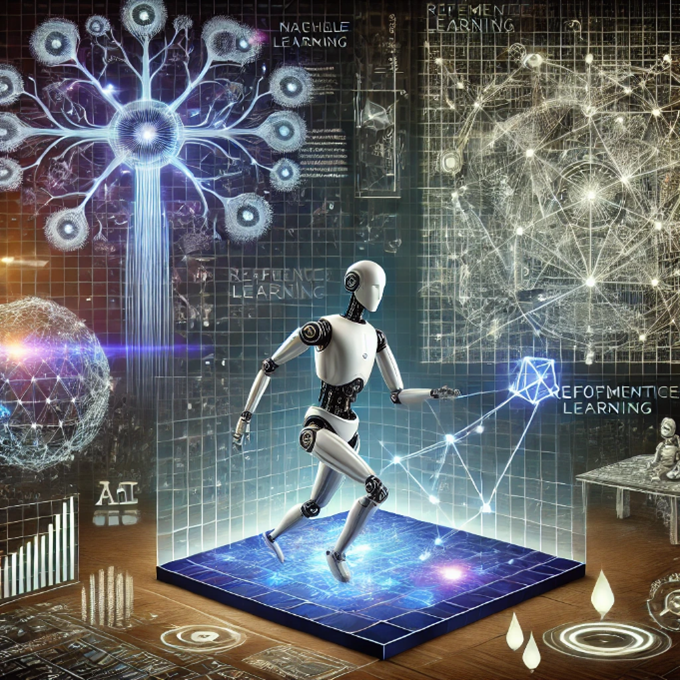
How It Works:
Machine learning, particularly reinforcement learning (RL), can be used to train NPCs by rewarding them for achieving specific goals, like defeating an enemy or reaching a target.
NPCs can learn optimal strategies through trial and error, improving their behavior over time.
Benefit:This allows NPCs to develop unique and adaptive behaviors based on player interaction and environmental factors.
Example:In an RTS (real-time strategy) game, NPC-controlled enemies can learn to adapt their strategies based on the player’s actions, making the game more challenging and dynamic.
3. Dynamic Dialogue Systems
How It Works:
AI-driven natural language processing (NLP) can be used to create NPCs that engage in more realistic and responsive conversations with players.
Techniques like dialogue trees combined with NLP models (e.g., GPT-like models or transformers) allow NPCs to understand and respond to complex player inputs.
Benefit:NPCs can engage in dynamic, context-aware conversations, adapting their tone, responses, and attitudes based on player decisions, mood, or previous interactions.
Example:In RPGs, a character might react differently based on whether the player has been rude, helpful, or loyal in previous encounters, and their responses could change depending on the current context.
4. Finite State Machines with Emotional States
How It Works:
NPCs can be equipped with emotional states to add depth to their behavior. For instance, an NPC’s state can change based on perceived danger, comfort, or hostility. These states can influence how they react to the player, their environment, or other NPCs.
Emotional states can be modeled using FSMs or decision trees, where each state triggers specific behavioral patterns such as aggressive, scared, or cooperative.
Benefit:This creates more immersive NPCs that feel like they have their own personalities and motivations, making them more relatable and believable.
Example:An NPC might initially act friendly but become hostile if the player takes aggressive actions, or an NPC might flee if they detect danger nearby.
5. Procedural Generation of NPC Behavior
How It Works:
AI-driven procedural generation algorithms can create unpredictable NPC behavior by dynamically generating responses to the game world and the player’s actions.
This can include randomly generated dialogue, missions, or environmental interactions that change based on player choices or world events.
Benefit:It provides variety in NPC interactions and helps avoid repetitiveness,making each playthrough feel unique.
Example:In an open-world game, NPCs could have procedurally generated routines or quests, providing the player with a fresh experience every time they encounter them.
6. Context-Aware Decision Making (Contextual AI)
How It Works:
Contextual AI allows NPCs to make decisions based on the current game state, the player’s actions, and environmental factors.The AI assesses the situation and determines the best course of action in real time, considering the surrounding context.
This is often done through context-sensitive behavior trees or adaptive state systems that account for factors like time of day, NPC relationships, and global game events.
Benefit:NPCs can react more realistically to a variety of scenarios, leading to more lifelike interactions.
Example:A shopkeeper NPC might react differently depending on whether the player has bought from them before, whether it’s day or night, or whether the player has a reputation as a thief.
7. Social AI and Group Behavior
How It Works:
Social AI models can simulate the interaction of multiple NPCs in a group, allowing them to behave in a coordinated manner. NPCs can form groups, follow leaders, or act according to group dynamics, which can affect how they behave toward the player.
Techniques like swarming behavior or herding allow NPCs to react as a collective, adding layers of complexity to their actions.
Benefit:NPCs in groups can behave more naturally, creating a sense of social interaction and group cohesion.
Example:In combat, enemy NPCs may coordinate their attacks, flank the player, or retreat together when they are outnumbered or outmatched.
8. Behavioral Cloning and Imitation Learning
How It Works:
In this approach, NPCs can learn behaviors by imitating the player or other NPCs. Using behavioral cloning (a type of supervised learning), NPCs can replicate the actions and strategies used by other entities in the game world.
This allows NPCs to adapt their behaviors by learning from the player’s strategies and playstyle.
Benefit:NPCs can learn to mirror the player’s actions, making their behaviors more adaptive and tailored to the individual player.
Example:In sports games, NPCs can imitate player tactics, learning to adapt to the player’s playstyle, making them more challenging and dynamic over time.
9. Multi-agent Systems (MAS)
How It Works:
Multi-agent systems (MAS) involve the interaction of multiple AI-controlled NPCs, each with its own set of behaviors, goals, and decision-making processes. MAS allows NPCs to cooperate, compete, or act independently based on the game scenario.
In complex systems, these NPCs can form alliances, compete for resources, or develop goals that align or conflict with each other.
Benefit:This allows for more diverse and intricate NPC interactions, as agents can exhibit a wide range of behaviors based on their relationships with other NPCs and the player.
Example:In strategy games, NPC factions may cooperate, betray each other, or vie for control of territories, creating a dynamic and evolving world that reacts to player decisions.
10. Emotion and Mood Simulation
How It Works:
Advanced AI systems can simulate NPC emotions and moods, allowing NPCs to react differently based on their emotional state. This adds a layer of depth to NPC interactions, making them more believable and complex.
AI models can assess the NPC's environment and internal state (e.g., fear, anger, happiness) and adapt their behavior accordingly.
Benefit:NPCs become more relatable and their actions more convincing, reflecting a deeper, more nuanced personality.
Example:A friendly NPC might act withdrawn or hostile if the player has previously betrayed them, or an NPC might be overly eager to help if they are in a positive emotional state.
Conclusion:
AI can generate dynamic and realistic NPC behaviors by using a combination of decision-making algorithms, learning techniques, emotional modeling, and contextual awareness. Whether through machine learning, behavior trees, reinforcement learning, or social AI, these techniques enable NPCs to respond intelligently to player actions, adapt to evolving game scenarios, and act in ways that feel natural and engaging. This results in more immersive and lifelike NPCs that can enhance the overall gameplay experience, making the world of the game feel alive and reactive to every player choice.





